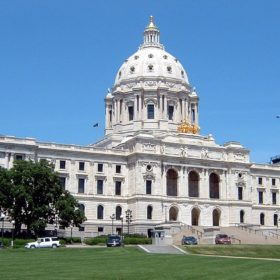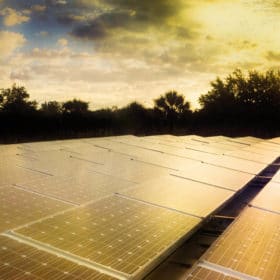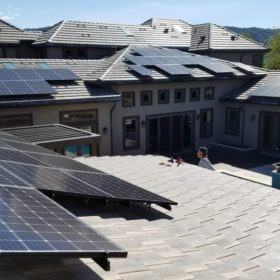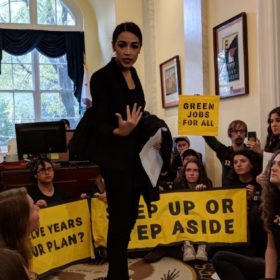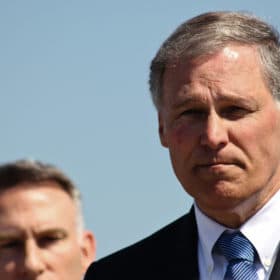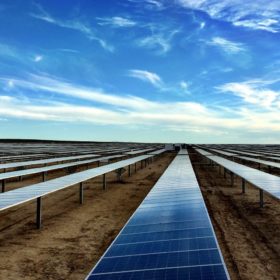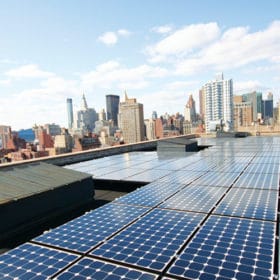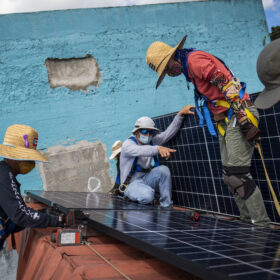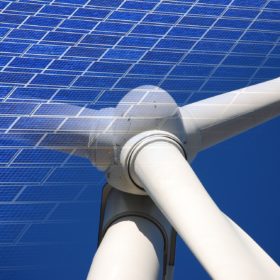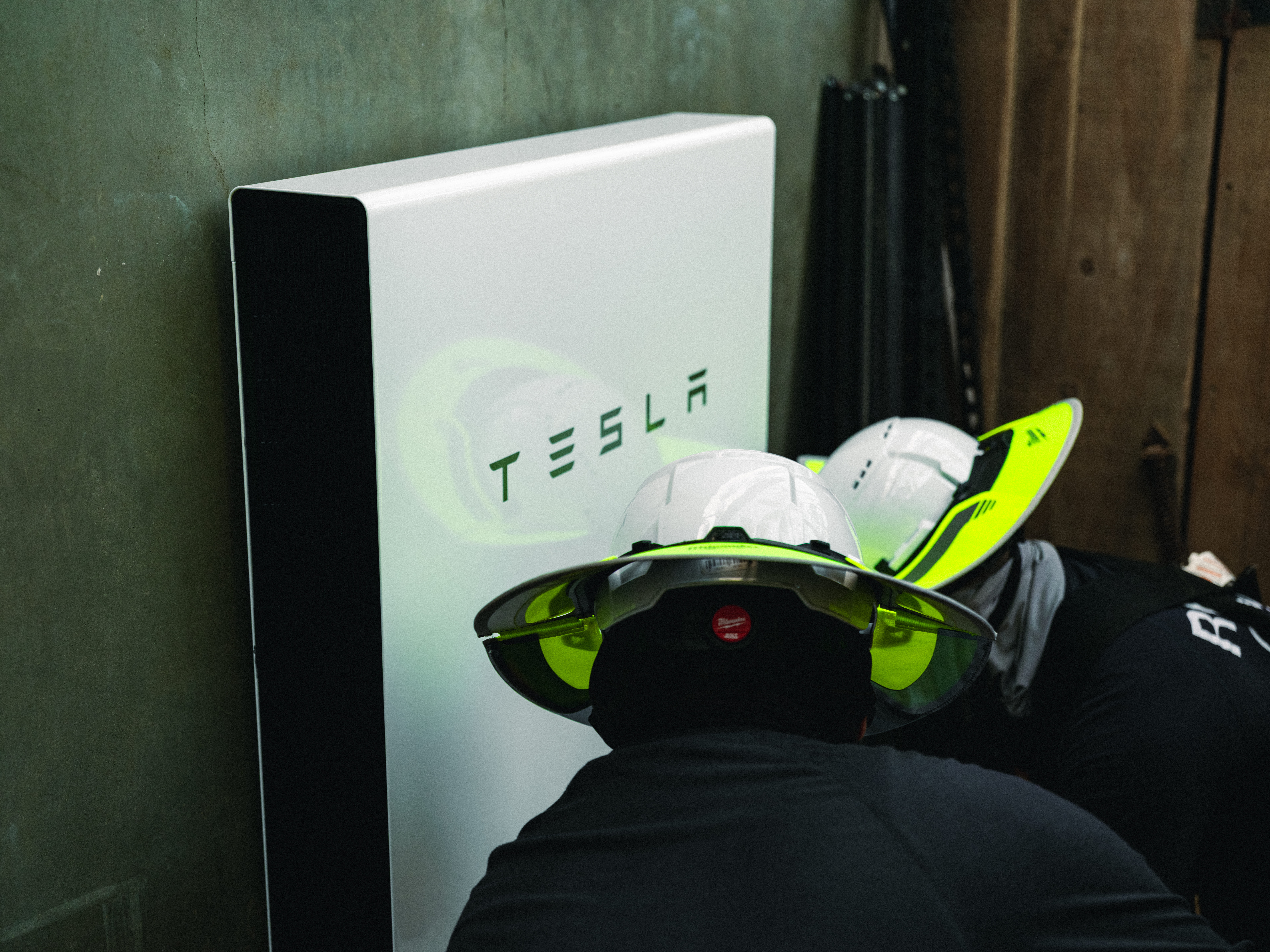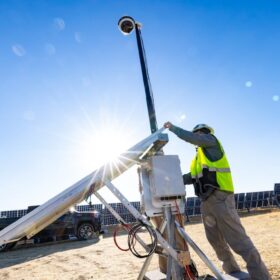PURPA amendment stalls in Arizona
An amendment to Arizona’s implementation of PURPA rules which would have set minimum contract lengths to 15 years failed to pass last night, and the act now has one last chance to pass before the investment tax credit drops down, and opportunities being to dry up.
Will Minnesota’s 100% clean energy mandate get through the senate?
The Minnesota House has passed a bill which mandates that utilities source all of their generation from zero-carbon sources by 2050, but now the bill goes to the Minnesota Senate, where Republicans hold a majority.
Bluejays invest in sunny days
Johns Hopkins University has announced a deal with Constellation to provide 2/3 of the university’s electricity needs from a 175 MW solar project in Virginia.
New York’s Green New Deal demands power from big solar, wind
New York has launched its third annual solicitation to acquire renewable energy credits in 10- to 20-year terms, adding qualifying points to projects with energy storage and load-following abilities, as well those that avoid disturbing agriculture.
SMUD withdraws anti-solar Grid Access Charge
The municipal utility has withdrawn its controversial charge and says it will launch a separate stakeholder process to examine ways to alter its rate design, but is still claiming that other ratepayers are subsidizing solar.
Nevada 50% renewables official, AOC goes viral for green: pvMB 4/23/2019
Good morning and welcome to the pvMB. Today we also bring you LG Business Solutions’ new VP of marketing, FERC Chair Chatterjee’s new chief of staff, and Bed Bath and Beyond solar.
One more state, two more utilities pledge 100% clean power
Yesterday Washington became the fourth state to mandate 100% carbon-free electricity, with promises to meet mandates early by Avista and PNM in New Mexico.
California just made more clean energy than it needed
The state’s grid operator has shown that for most of the period between 1:50 PM and 3:05 PM on Sunday April 21, more CO2-free electricity than users demanded was generated in the region it covers.
Sunrun: 2, paperwork: 0
A federal ruling granting waivers to generator filings for distributed PV systems could open the door for Sunrun and other companies to sell power from rooftop solar into wholesale power markets.
New York’s VDER gets a few tweaks
New York State regulators have issued an order that advocates believe will increase the ability of large solar power projects to get financing, including allowing anchor tenants on community solar projects, increased compensation for upstate projects, more predictable compensation, and small commercial net metering for those that install before 2020.

